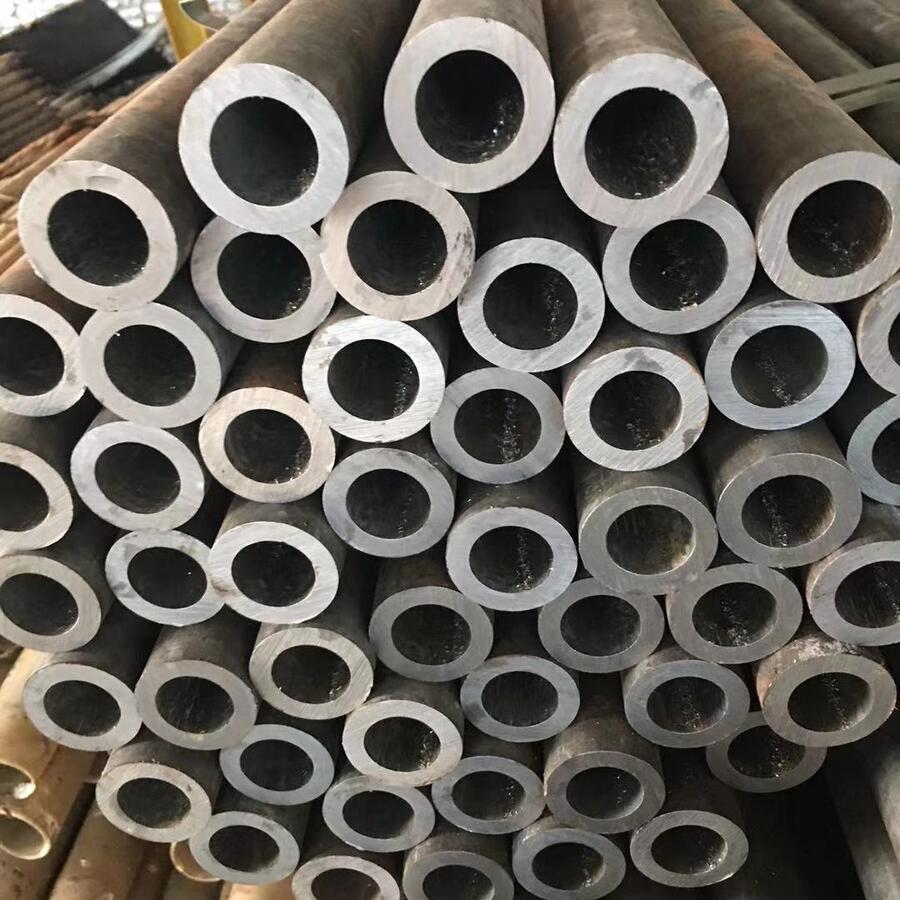Las líneas de acería son componentes críticos en el proceso de fabricación de acero., desempeñando un papel vital en la producción de productos de acero de alta calidad. Estas líneas engloban diversos procesos, incluyendo la fusión, fundición, laminación, y terminando. En este artículo, profundizaremos en los detalles de las líneas de acería, sus especificaciones, y su importancia en la industria siderúrgica.
¿Qué es una línea de acería??
Una línea de acería se refiere a una serie de procesos y equipos interconectados que se utilizan para convertir materias primas en productos de acero terminados.. Esto incluye todo, desde la fusión inicial de chatarra o mineral de hierro hasta el laminado final y acabado de láminas de acero., verja, u otras formas. La eficiencia y eficacia de una línea de acería puede afectar significativamente las tasas de producción y la calidad del producto..
Componentes de una línea de acería
Las líneas de acería constan de varios componentes clave:
- Horno de arco eléctrico (EAF): Se utiliza para fundir chatarra de acero o hierro de reducción directa..
- Máquina de colada continua: Transforma acero fundido en palanquillas o desbastes sólidos..
- Laminador en caliente: Reduce el espesor de los productos de acero mediante laminado a alta temperatura..
- Laminador en frío: Procesa adicionalmente acero laminado en caliente a temperatura ambiente para mejorar el acabado superficial y la precisión dimensional..
- Línea de meta: Incluye procesos como el recocido., decapado, y recubrimiento para mejorar la calidad del producto.
Especificaciones de las líneas de acería
Comprender las especificaciones de las líneas de acería es crucial para optimizar la producción y garantizar la calidad.. A continuación se muestra una tabla detallada que muestra varios parámetros asociados con las líneas de acería.:
| Parámetro | Especificación |
|---|---|
| Capacidad de producción | Arriba a 1.5 millones de toneladas/año |
| Potencia del horno de arco eléctrico | 50-300 AMEU |
| Velocidad de colada continua | Arriba a 6 m/mi |
| Ancho del laminador en caliente | 600-2000 mm |
| Rango de espesor (Laminado en Caliente) | 1.5-25 mm |
| Rango de espesor (Laminado en frío) | 0.2-3 mm |
| Peso de la bobina | Arriba a 30 montones |
| Acabado superficial | REAL ACADEMIA DE BELLAS ARTES 0.1-0.5 µm |
| Sistema de control | Automatización basada en PLC |
| Consumo de energía | 350-500 kWh/tonelada |
Beneficios de las líneas de acería
Invertir en una moderna línea de acería ofrece numerosas ventajas:
- Mayor eficiencia: La tecnología avanzada reduce el tiempo de producción y el consumo de energía..
- Calidad mejorada: Los procesos automatizados garantizan una calidad constante del producto y reducen los defectos..
- Flexibilidad: Capaz de producir una amplia gama de productos de acero para satisfacer las demandas del mercado..
- Rentabilidad: Los procesos optimizados conducen a menores costos operativos y mayor rentabilidad..
Aplicaciones de las líneas de acería
Las líneas de acería se utilizan en diversas industrias., incluido:
- Construcción: Proporcionar acero estructural para edificios., puentes, e infraestructura.
- Automotor: Suministro de acero de alta resistencia para la fabricación de vehículos.
- Fabricación: Fabricación de componentes para maquinaria y equipos..
- Energía: Fabricación de acero para tuberías., turbinas eólicas, y otras aplicaciones relacionadas con la energía.
Conclusión
En resumen, Las líneas de acería son esenciales para la producción eficiente de acero.. Entendiendo sus componentes, presupuesto, y los beneficios pueden ayudar a los fabricantes a optimizar sus operaciones y satisfacer las demandas de diversas industrias.. A medida que la tecnología continúa evolucionando, El futuro de las líneas de acerías parece prometedor, con avances destinados a mejorar la eficiencia y la sostenibilidad.
Para obtener más información sobre líneas de acerías y equipos relacionados., puedes visitar HANI TECNOLOGÍA para laminadores en caliente y Metalurgia HANI TECH para hornos de fusión y equipos auxiliares.




